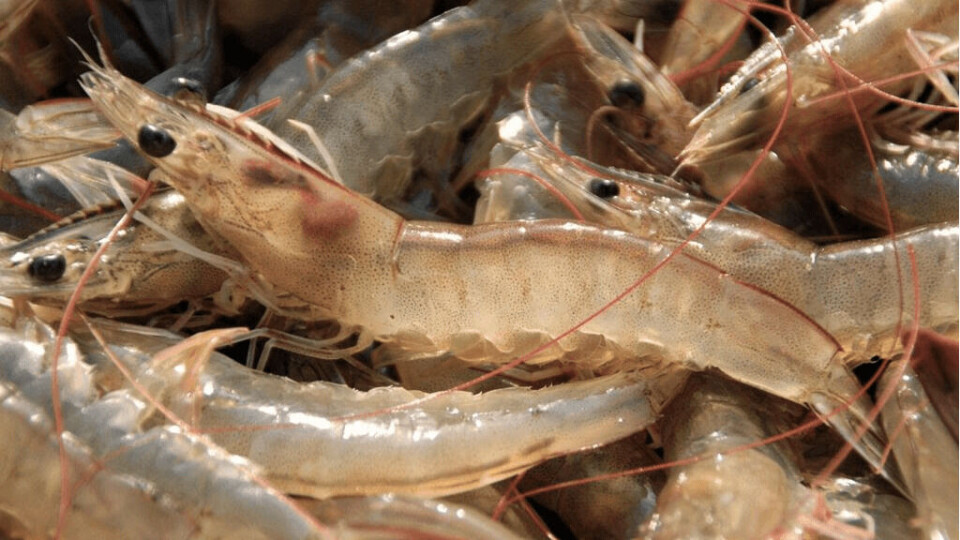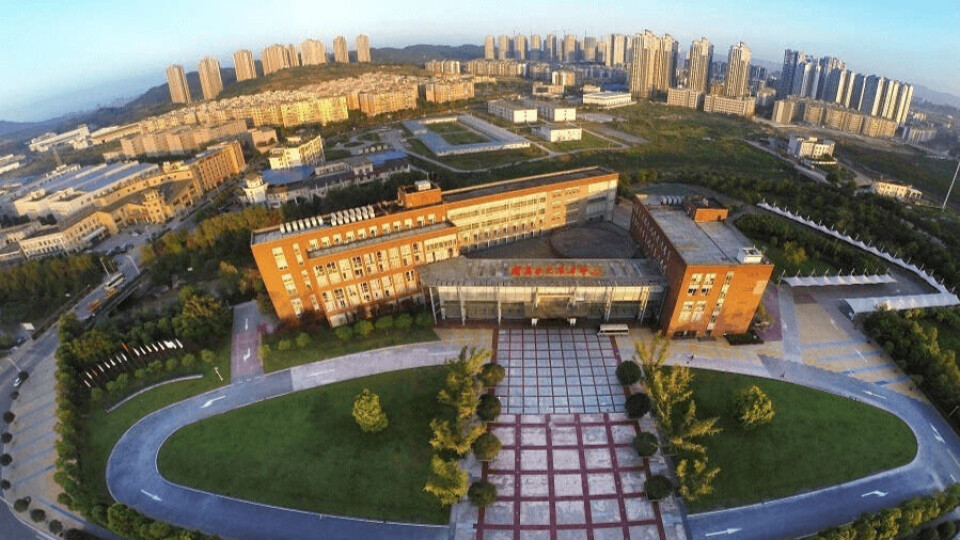
Gas-to-feed ingredient cut shrimp deaths from EMS
Researchers in Thailand have found that using Calysta’s gas-to-feed ingredient FeedKind in shrimp diets significantly reduces Early Mortality Syndrome (EMS) risk.
EMS is one of the biggest issues facing shrimp farming today, having cost the industry billions of dollars since it was first identified in Asia in 2009.
But a new Calysta-funded study on the effectiveness of its single-cell protein (SCP), which is produced by fermenting natural gas (methane) with a naturally occurring bacteria, has shown it boosts natural immunity.
The study by Kasetsart University (KU) in Bangkok found significant improvement in shrimp immune response to EMS - with survival rates of up to 100% after 15 days exposure, compared to just 76.7% of those fed on a traditional fishmeal-based feed.

$20bn cost of EMS
“Outbreaks of disease remain one of the biggest challenges in aquaculture today,” said Calysta vice president and aquaculture lead Allan LeBlanc in a press release. “EMS in particular has caused more than $20 billion in losses to the shrimp industry over the last decade, and disease management and prevention is one of the industry’s highest priorities.
“FeedKind’s ability to activate shrimps’ innate immune system could be transformative for the industry. As a key ingredient in functional feeds, it can form the backbone of a comprehensive disease prevention strategy for farmers, all while improving animal health and increasing yield.”
No arable land
Production of the FeedKind SCP uses no arable land and little water, which Calysta says supports global food security and helps feed an increasing population in a sustainable way.
“With a growing global population and increasing demand for protein, being able to produce more food from less is absolutely crucial to helping us maximise existing resources and improve global food security,” said LeBlanc.
As well as boosting immunity, the research showed FeedKind-based feeds are just as effective in promoting growth and survival in shrimp compared to traditional fishmeal-based feeds.
Increased tolerance
The study, “Effects of a Single Cell Protein (Methylococcus capsulatus, Bath) in Pacific White Shrimp (Penaeus vannamei) Diet on Growth Performance, Survival Rate and Resistance to Vibrio parahaemolyticus, the Causative Agent of Acute Hepatopancreatic Necrosis Disease”, was led by Dr Orapint Jintasataporn at KU’s Nutrition and Aquafeed Laboratory and is published in the journal, Frontiers in Marine Science.
The study said: “FeedKind does not inhibit growth performance, feed efficiency, or survival of shrimp. Additionally, shrimp in this study demonstrated an increased tolerance to disease when challenged with Vibrio, indicating FeedKind protein may help promote a robust immune response.”
100% survival
The FeedKind study saw Penaeus vannamei shrimp fed a variety of diets, from a control diet comprised of traditional fishmeal-based feed, to diets with increasing quantities of FeedKind protein to replace the fishmeal; at 33%, 66% and 100% - up to a total of 15% of feed.
The shrimp then spent 15 days continuously exposed to the causative agent of EMS, Vibrio parahaemolyticus. All shrimp on the FeedKind-based diets showed greater survival rates compared to the fishmeal-based feed, from 76.7% in the control, to 86.7% at 5% FeedKind, 96.7% in 10% FeedKind and 100% in the 15% concentration of FeedKind.

Joint venture
Calysseo – Calysta’s 50/50 joint venture with animal nutrition company Adisseo – is in the process of building the world’s first FeedKind commercial production facility in Chongqing, China, with completion of the first 20,000 tonne per year plant expected next year and expansion shortly thereafter.
Investors in Calysta include oil and gas company BP, Adisseo, and sustainable aquaculture investor AquaSpark.
The process of developing protein using methane-loving bacteria was originally developed by Norwegian state oil company Statoil in the 1980s and was later sold to Calysta president and chief executive Alan Shaw, a biotechnology entrepreneur and chemical industry executive from the north-east of England.
Read more about Calysta’s background and aims in this article from a past issue of Fish Farming Expert magazine.























































